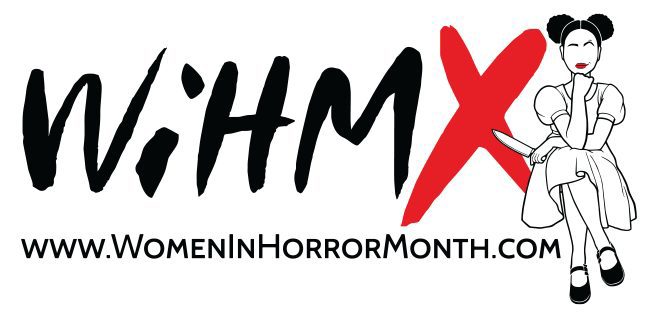The Devil Aspect by Craig Russell
Doubleday Books, 2019
ISBN-13: 978-0385544368
Available: Hardcover, paperback, Kindle edition
Historical horror can be a fascinating subgenre, if it is done right, but it is a balancing act. The amount of detail for the period often overshadows the atmosphere, with information overloading story and character. When the author successfully balances the elements, the result can result in a treasure.
The Devil Aspect reads like a perfect offspring of The Alienist, Silence of the Lambs, The Exorcist, and Shutter Island. It is a stunning novel that captures the best of these, yet adds to it a flavor all its own, leaving the reader with a chill that feels like it needs to be washed away.
In the shadows of the rising tide of the Nazi movement in 1935, Czechoslovakia is a dangerous country. Hrad Orlu Asylum for the Criminally Insane exists as a state of the art hospital outside of Prague, but holds a horrific reputation in local lore as having been built on the mouth of hell. When Viktor Kosarek arrives with a new psychiatric approach, the tiny town cringes as they sense the horrors that brew within the stone walls. Viktor believes in “The Devil Aspect,” a method he believes can cure even the world’s most heinous creatures, while Hitler’s crew infects the country in a slow-moving plague, its tendrils snaking inside the walls of the castle to infect some of the staff.
Within the walls themselves exist the Devil’s Six– The Woodcutter, The Vegetarian, The Clown, The Scionancer, The Glass Cutter, and The Demon, each with a detailed backstory. None can be dealt with without full restraints, and even so, attacks on staff still occur, events that defy logic.
Outside the castle, another murderer is feeding on the citizens of the city: Leather Apron, a Jack The Ripper type serial killer. The suspects can’t recall committing the murders, and swear a shadowy figure is mocking them, forcing them to witness its horrors. Detective Lucas Smolak scours the streets for clues, and grows frustrated as every clue leads to a darker truth. He senses a connection to the legends around him, yet holds onto the assertion nothing is supernatural in these crimes.
How the two storylines intertwine is brilliant, as are the characters. Smolak and Kosarek are imperfect, both committing errors that could end more lives as their humanity holds them back from achieving their goals.
Russell’s novel is one of those rare entities that is intelligent yet readable, full of historical accuracies and folklore but somehow still relatable, and scary as the hell that may exist beneath the castle. What brings the story success is the ambiguity of the horror. Russell keeps the supernatural aspect on the periphery of the reader’s psyche. He plays his cards close and the revelation of which evil is worse, human or demonic, burrows beneath the skin as the mysteries begin to unravel.
The reader must wrestle the secrets away from the characters with each alternating chapter, the clues muddy yet fitting together. The story’s serpentine descent into madness is a challenge that is worth the effort.
A highly recommended novel for the new year that will linger long after the final page is closed.
Reviewed by Dave Simms








Follow Us!